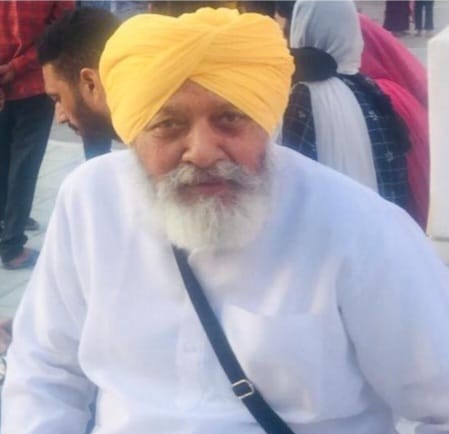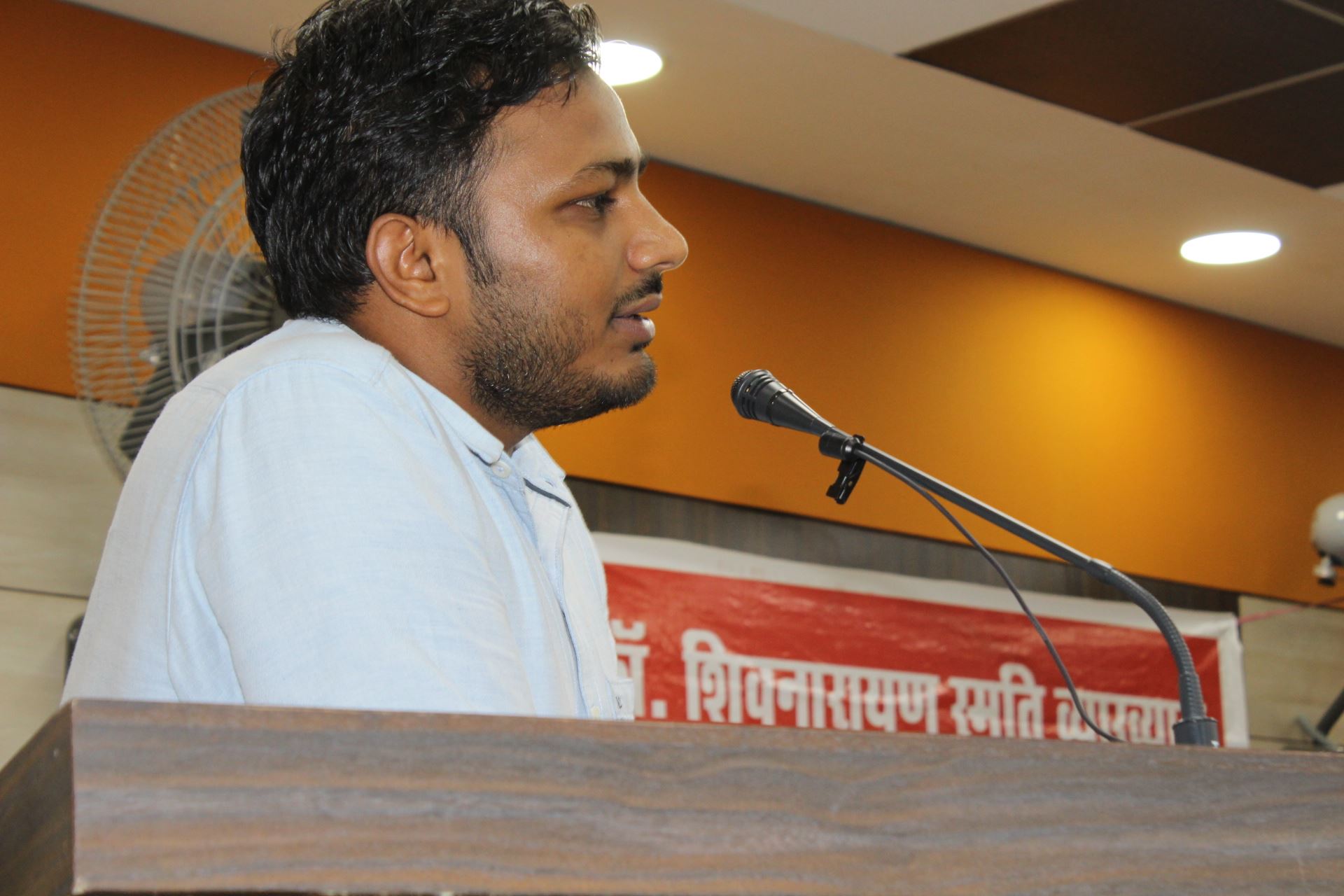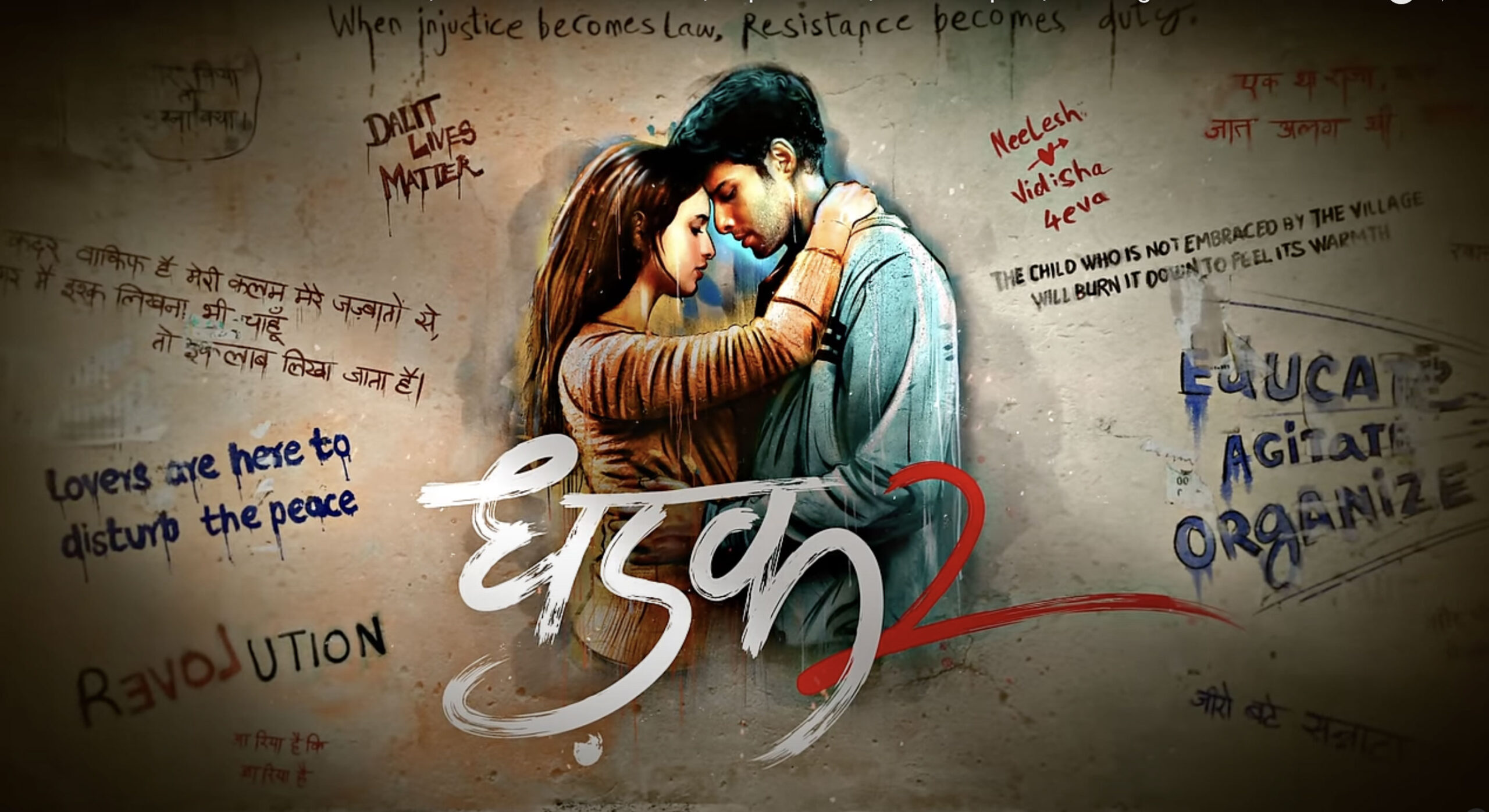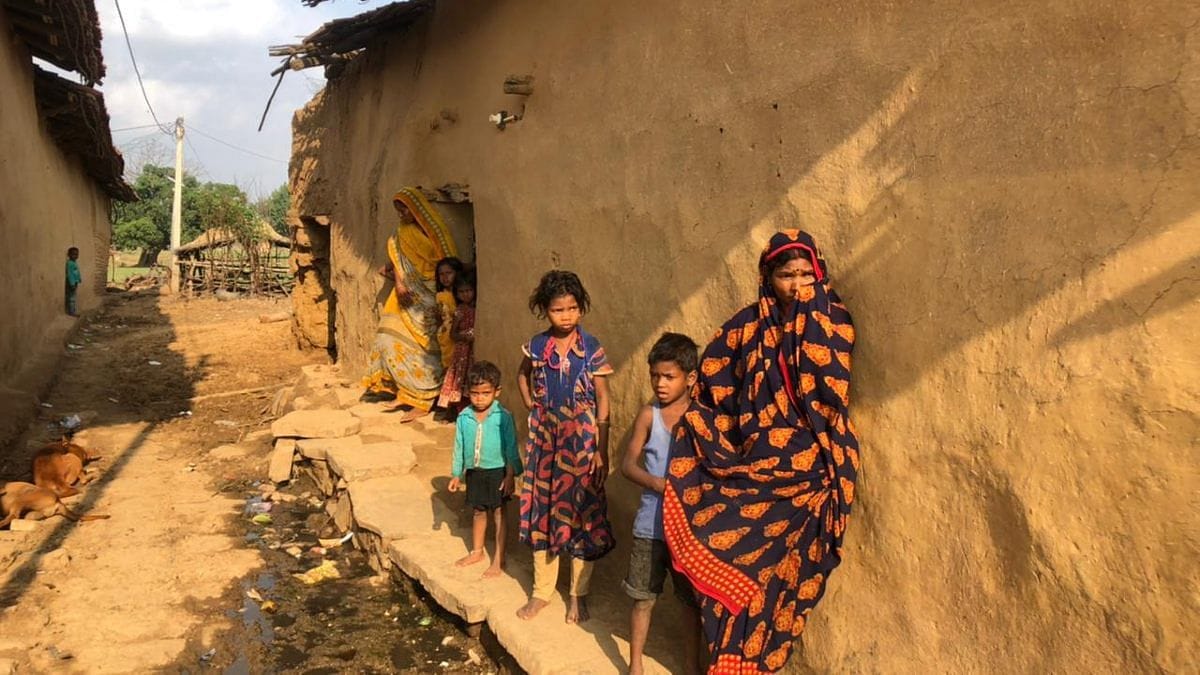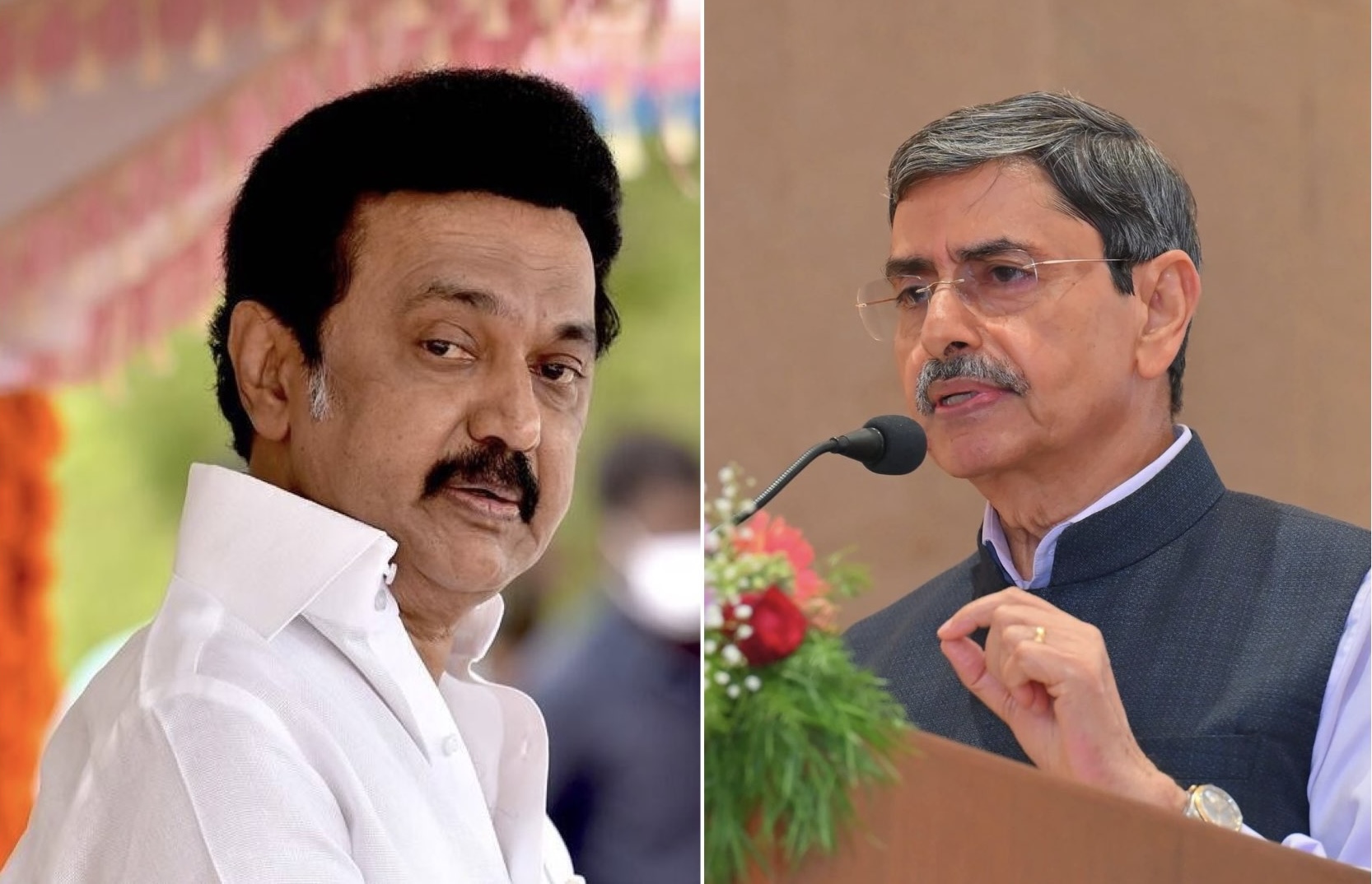We all know that sindoor (vermillion worn on the forehead and in the parting of the hair by married women) is a cosmetic associated with a particular religion – fanatical Hindutva. Around 88 per cent of Haryana’s population is Hindu. But among them, only the followers of Brahmanical Hindu religion, that is fanatical Hindu religion, wear sindoor and saris. Their percentage must not be more than 19. Of them, 6.5 per cent are Brahmin, 5 per cent are Ahir (Yadav), 4 per cent are Bania, 3 per cent are Rajput and 0.5 per cent are Jangad Brahman (Badhai or carpenter caste). And even these women wear sindoor only on special occasions like weddings.
In fanatical Hindu religion, sindoor is considered a symbol of wifehood and not wearing it is thought to be inauspicious for married women. In rural Haryana, women from non-Brahmin castes do not normally use sindoor. And women from the Jat community – the predominant caste in Haryana – do not use sindoor at all.
Until four years ago, my family was Hindu. We have adopted the Sikh religion since. My wife of 56 years, who is 75 now, hasn’t worn sindoor ever. This, despite the fact that during my 35 years with the CRPF, I was often posted in perilous areas – for seven years in Jammu & Kashmir alone. But I did not even get a scratch. Not all women in India wear sindoor. In Manipur, only Meitei women – who subscribe to the Brahmanical religion – wear sindoor. In states like Nagaland, Sikkim, Meghalaya and Mizoram, you won’t find women wearing sindoor.
If wearing or not wearing sindoor would have been auspicious or inauspicious, only non-Hindus would have got killed in wars and other acts of violence. Of course, influenced by TV serials, some of our women from the younger generation have begun using sindoor while attending weddings but only because it has become fashionable. They don’t believe that it is auspicious.
Not all of the 26 men who were martyred in Pahalgam were Hindus and not all their wives wore sindoor.
Operation Sindoor – what was the reasoning behind naming the retaliatory military action against Pakistan thus? If social media is to be believed, it was the idea of none other than our Prime Minister Narendra Modi.
Now, we all know that Modi is a former pracharak of the Rashtriya Swayamsevak Sangh (RSS), the fanatical Hindu organization which swears by Hindutva.
I distinctly remember that my CRPF company was deployed in Ayodhya when L.K. Advani’s Rath Yatra launched from the Somnath Temple in Gujarat on 25 September 1990 was to reach Ayodhya on 30 October 1990. There was a huge banyan tree between the Babri Masjid and the Ramcharitmanas Bhawan in Ayodhya. Senior officers of the Uttar Pradesh police, including SPs, DIGs, IGs and Additional DGs, flaunting IPS badges on their shoulders, used to sit in the shade of that tree.

It had become a sort of makeshift police control room. I remember that all these top officers were Hindus and all of them wore tilaks on their foreheads. Other Uttar Pradesh police officers also started imitating them. And then CRPF officers and jawans followed suit. The entire atmosphere got soaked in Ram.
I was quite disturbed to find that most of the jawans of my company had started sporting tilak. That is because the character of the CRPF is secular and so is its training. During my service period, I scrupulously adhered to secular values. I informed my commandant, who was from Andhra Pradesh, about the proliferation of jawans sporting the tilak. He was nonchalant. “Everyone is going around wearing a tilak. What can we do?” But I gathered the jawans of my company and told them strictly and firmly that “no jawan or officer would wear the tilak or any other religious symbol on his body and or his uniform. If someone is still keen to wear the tilak, he can quit the CRPF and go and play tambourine in a temple. If he doesn’t do either, I will place him under suspension.”
I told them this because they were violating the disciplinary norms of the CRPF. During training, we are told not to wear our name plate while dealing with communal riots. My no-nonsense attitude ensured that the jawans of my company kept away from wearing the tilak. But the Uttar Pradesh Police were soaked in Ram. It seemed that they were there not to protect the Babri Masjid but to get a Ram Temple built.
Mulayam Singh Yadav, then Uttar Pradesh chief minister, had issued an unambiguous order that in no case should any harm be done to the Babri mosque. We (CRPF) followed the order making no compromises. Two karsevaks were killed in police firing but Babri Masjid was protected. Unfortunately, the mosque was pulled down on 6 December 1992 as part of a conspiracy.
After my retirement, I wrote a book titled “Ayodhya Mein Ayoddha” – meaning there were no warriors in Ayodhya and that was why Babri Masjid ended up being built there in the first place. I have given a detailed description of the Tilak episode in the book.
When the wives of all the men who were martyred in Pahalgam did not wear the sindoor, meaning they were not fanatic Hindus, then why was the military operation named Operation Sindoor?
The wives of all the 26 victims of the terror attack were widowed. They lost their “suhag” (husbands, state of having one’s husband alive). Hence, it could have been given a secular name like “suhag” or “hifazat” (safety). Or it could have been given any other name that meant something to people of all religions. What is surprising is how the military brass accepted the name.
If you have still not realized who named the operation “Sindoor” and why, look at what followed. Even more absurdly, the Bharatiya Janata Party (BJP) purportedly announced that it would send sindoor to every home. West Bengal Chief Minister Mamata Banerjee, in a caustic attack, said that the Prime Minister Modi is behaving as if he is the husband of all Indian women. She also asked him why he doesn’t send sindoor to his wife.
Later, the BJP denied that it had any such plans. But imagine the mayhem that would have been unleashed in our villages and cities had BJP workers gone from door to door, offering sindoor. It could have triggered communal riots. It could have ruined the atmosphere in the country.
I believe that naming the military operation “Sindoor” went against the secular grain of our Constitution. It was patently wrong to do so just to gain political mileage.
(Translation from the original Hindi by Amrish Herdenia)
